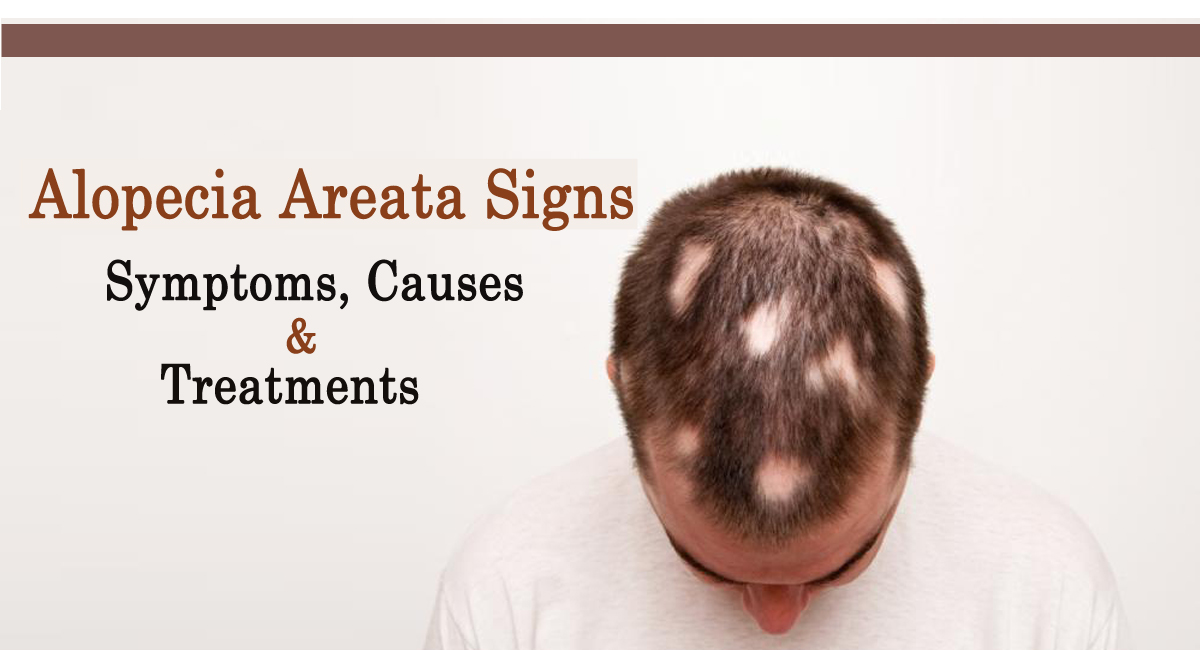Health & Fitness
Hypotrichosis: Causes, Symptoms, Types, and Treatments
Hypotrichosis differs from alopecia since alopecia involves excessive hair loss due to some factors like stress, hereditary, medications, etc.

Hypotrichosis is a rare disease that makes people have less or no hair growth on the head, eyebrows, eyelashes, armpit, genitals, and other body parts. It is known to be a congenital condition, and it starts from the first year of birth throughout a person’s lifetime or until adulthood.
The patient’s hair may be lighter in color and weak and can break very easily from the scalp. They normally have sparse hair which cannot grow past a specific inch. Hypotrichosis differs from alopecia since alopecia involves excessive hair loss due to some factors like stress, hereditary, medications, etc.
Causes of hypotrichosis
Genetics is the common cause of hypotrichosis. The dominant gene mutation that can transfer from parents to children has shown a possibility of 50 percent of carrying this condition in the genes.
The genes normally provide instructions for proteins responsible for the growth of hair follicles. In this case, the mutation gene releases abnormal proteins that cannot stimulate the growth of hair follicles.
This makes the hair follicle not completely grow, thus leading to fragile, weak, and woolly hair, hence the condition of hypotrichosis. People who suffer from this disease are likely to have skin problems due to the lack of proteins on their epidermal layers.
The studies on the causes of various types of hypotrichosis are complex since there is a short knowledge supply on this condition with a difficult diagnosis and unclear causes.
Symptoms of hypotrichosis
Those who suffer from hypotrichosis have the following symptoms;
i)Breakable hair follicles that can break any fall at any time.
ii) Scarce or less hair on the scalp or other affected areas like eyebrows from the infancy period.
iii) Stunted hair growth as hair does not grow to exceed specific inches.
iv) Dry and coarse hair curled tightly on the scalp or any other affected area.
Other symptoms may include; Rime hypotrichosis, Ofuji syndrome, Jeanselme, Cartilage hair hypoplasia, chondrodysplasia, etc.
Types of hypotrichosis
The common types of hypotrichosis are;
1. Congenital Aplasia
Congenital aplasia comes due to the lack of full formation of the skin during the development of the embryo. The reason behind this is not yet well understood since it usually occurs in babies where they have skin patches with an open wound at birth at the middle of the hair growth pattern and the back of the scalp.
The baby may remain with a scar due to the skin scabbing when there are small defects. A scalp patch with no hair follicles may be visible at birth when the process occurs in the womb. One may need a surgical operation for the baby when they have a large congenital aplasia to remove the affected area and close the skin tightly.
An open wound is always a place of potential bleeding and infections; hence you should consult a well-experienced doctor to operate for it to be much more effective and for the wound to heal faster.
2. Triangular Alopecia
Triangular alopecia is the same condition as congenital aplasia since it affects the skin patch in a triangular structure and usually occurs at birth. The hair follicles may refuse to grow on the skin due to unknown reasons.
Unlike congenital aplasia, where babies are born with an open wound, triangular alopecia is a different case. However, there is a bald patch with no hair in both cases as a long-term outcome.
You can decide to extract hair follicles from other parts of the scalp and transplant them to the affected area, or you can decide to remove the affected area through a surgical operation with an experienced dermatologist.
3. Congenital Atrichia
Congenital atrichia is a hair loss pattern condition that is always unique and is the first disease-related to hair loss that researchers found that the gene was the leading cause. It is suggested to be hypotrichosis, although a slot of research needs to justify the suggestion. The condition is sometimes known as papular atrichia.
Parents can give birth to their babies with full hair on the head or other body parts where hair usually grows, The babies can lose hair at early childhood, and the hair may not grow back to its normal. The condition is genetic and can move within families. Meaning mothers who do not have it may give birth to kids who have it.
The knowledge behind congenital atrichia is that the two cells responsible for the growth of hair follicles, that is, the dermal papilla cells and epithelial cells, may separate. It makes the dermal papilla cells unable to go with the retracting epithelial cells at the resting phase of the hair follicles growth cycle.
The formation of new anagen does not occur due to lack of communication between the two cells; the hair cannot grow, hence the condition of hypotrichosis.
Treatments for hypotrichosis
The specific treatment for hypotrichosis has not been found yet since there is no proper knowledge of the causes. However, one can use hair loss restoration procedures like hair transplant since it is a hair loss-related defect.
The hair transplant involves extracting hair follicles from another scalp area with more follicles, usually the donor, and transplanting them on the affected area. Consider consulting your doctor to know which procedure best suits you.
Also, medications such as Latisse can help regrow darker, longer, and thicker eyebrows and eyelashes. Wigs can also be a better option for someone suffering from hypotrichosis on the scalp area.
Conclusion
Hypotrichosis is a condition that can lower one’s self-esteem due to less or lack of hair on various parts of the body. If you become a victim, you can use some hair loss treatments since there is no specific treatment for the condition yet.

